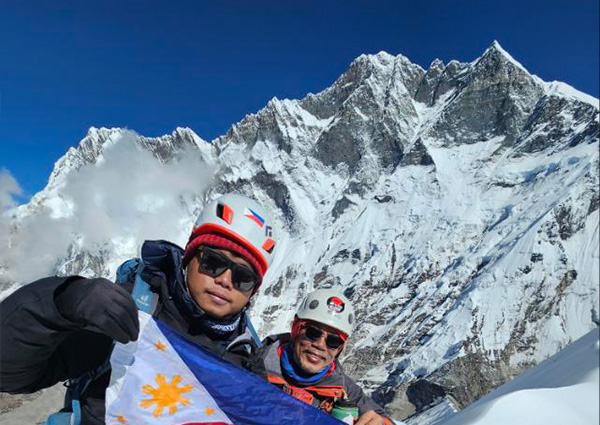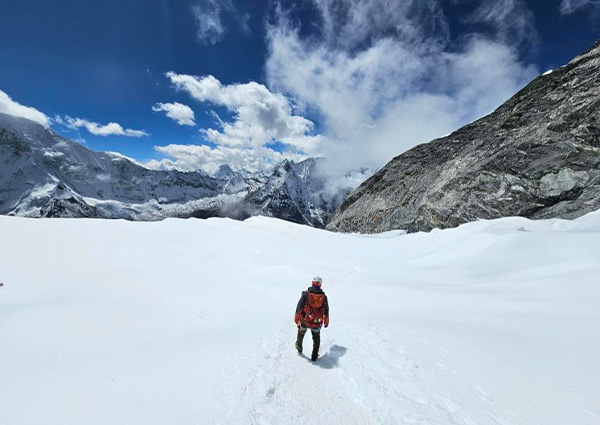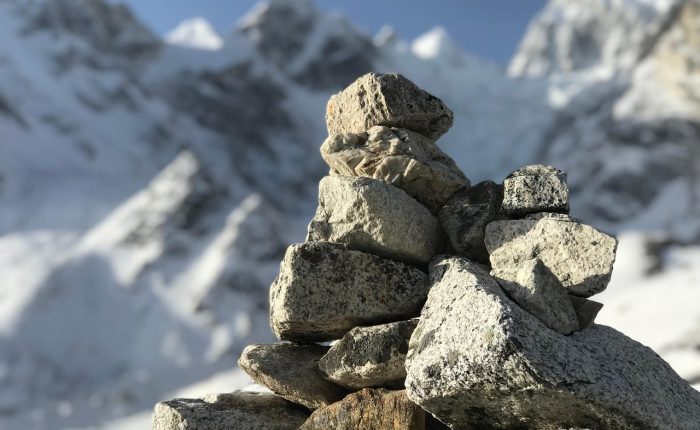Island Peak (6,189m / 20,305 ft) is one of the easiest and most affordable peaks to climb in the Himalayas. It offers a fantastic high-altitude climbing experience combined with breathtaking panoramic views of Everest, Lhotse, Makalu, and Ama Dablam. This trek is perfect for those looking to develop their climbing skills while enjoying the stunning mountain scenery.
+977 9851191802
info@everestdestinytreks.com
Google Review




